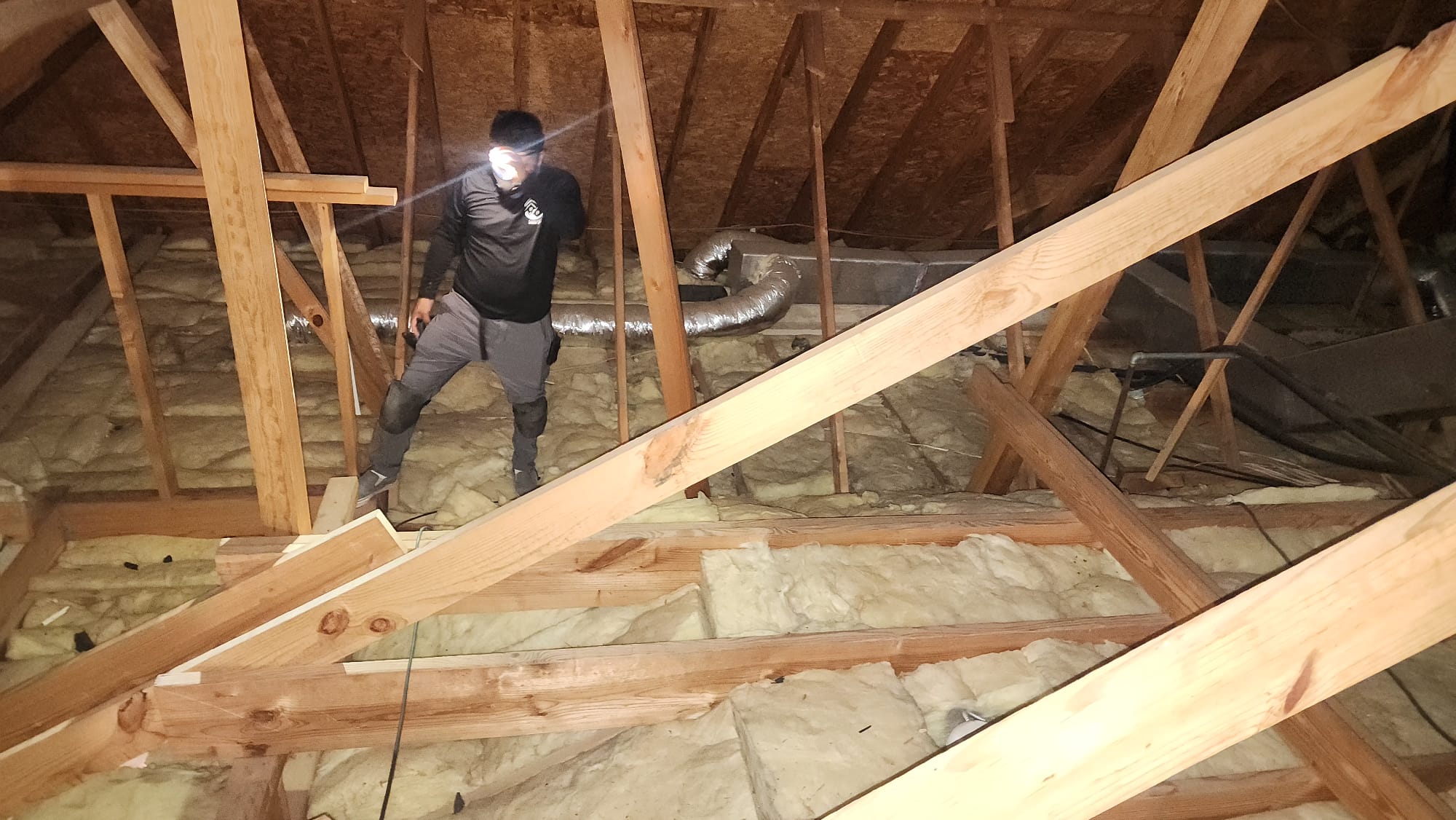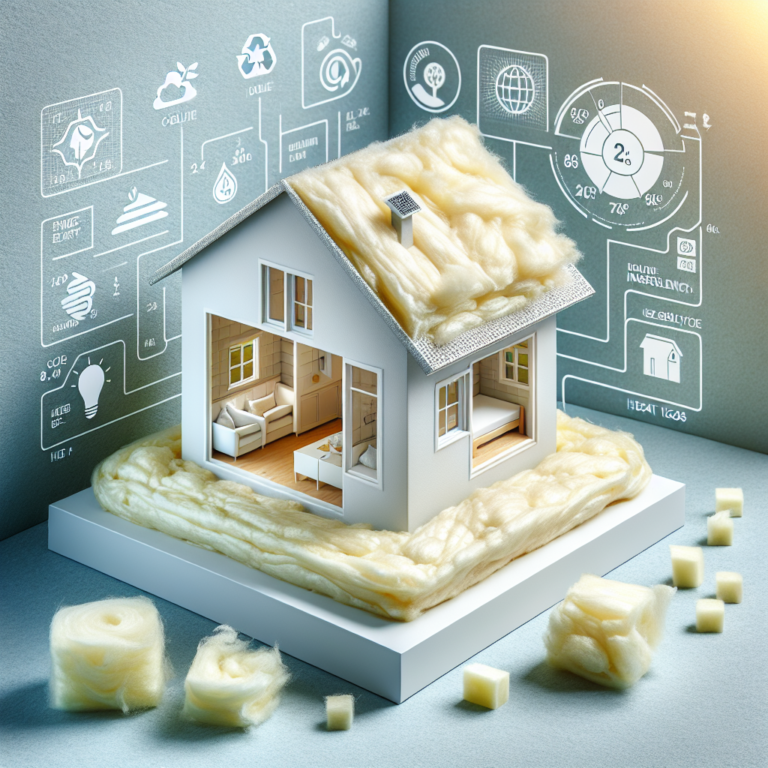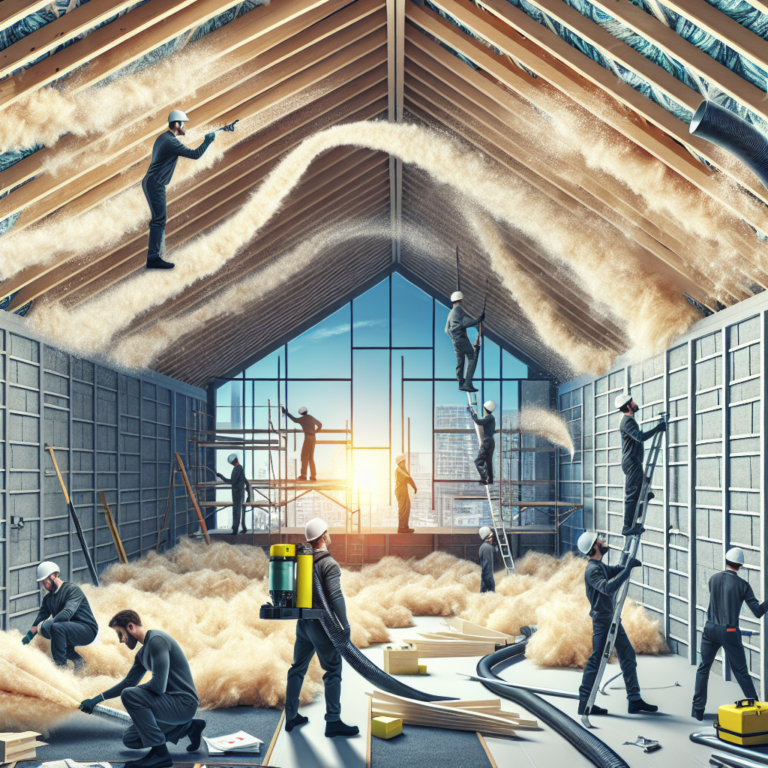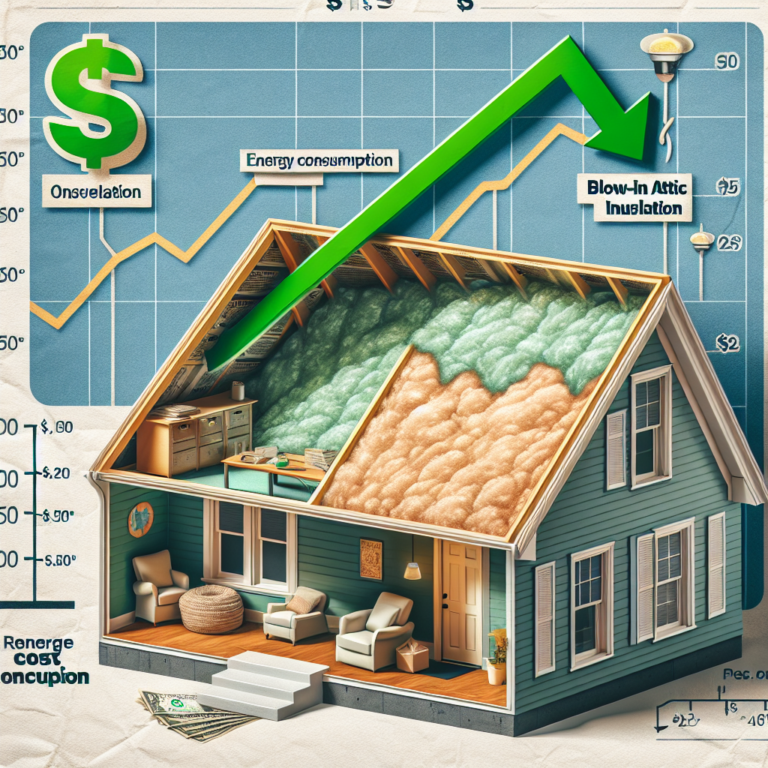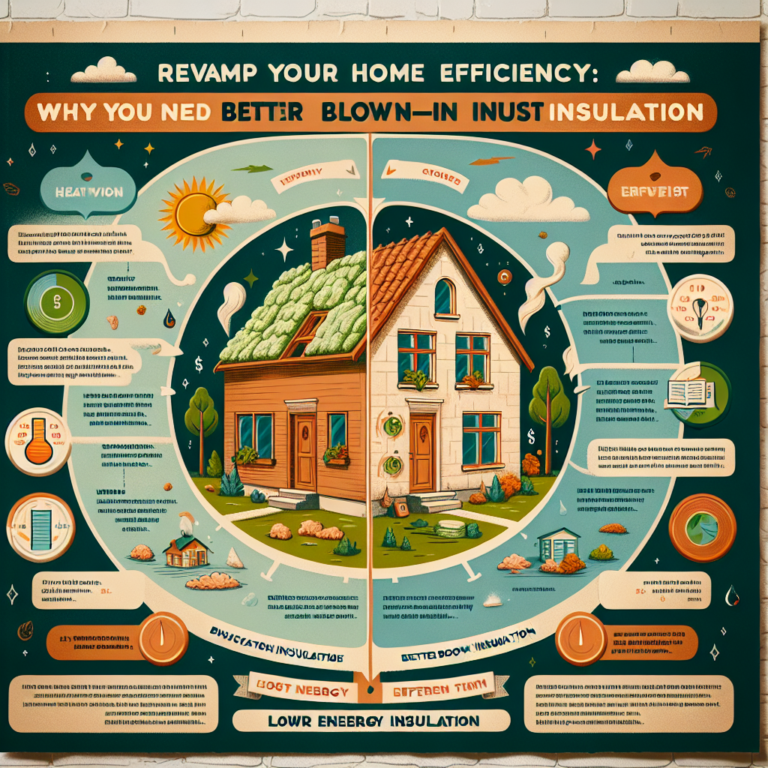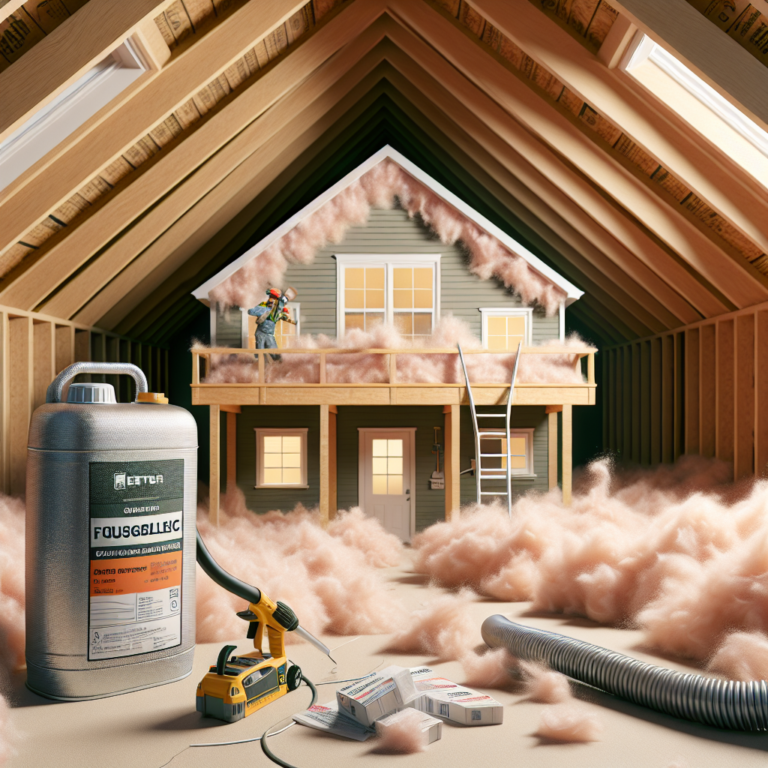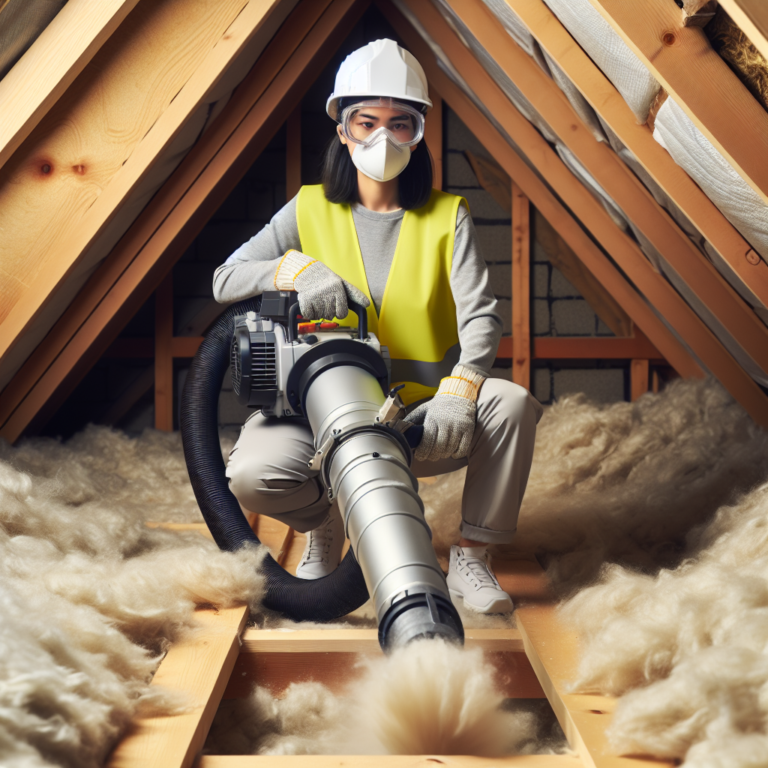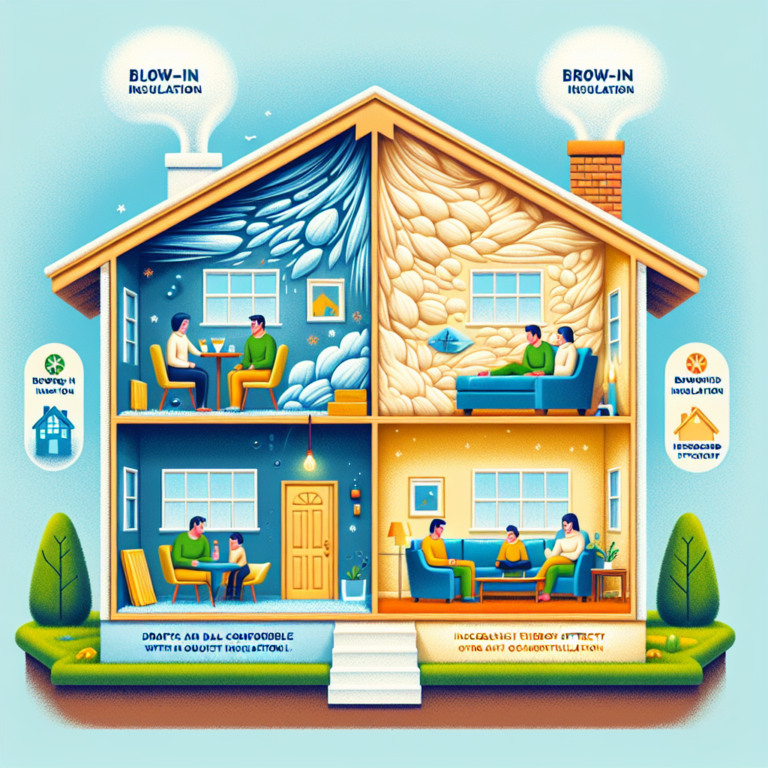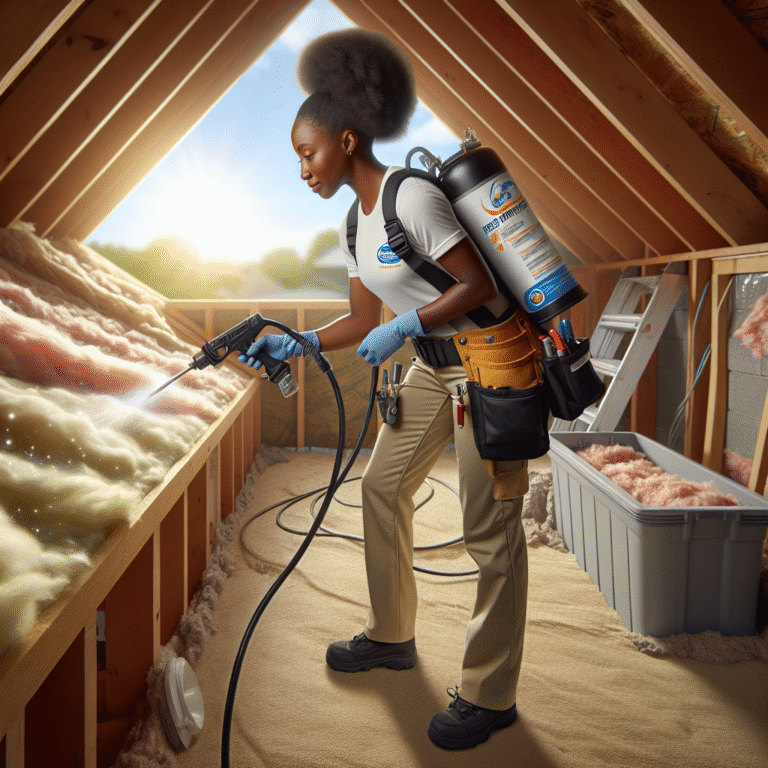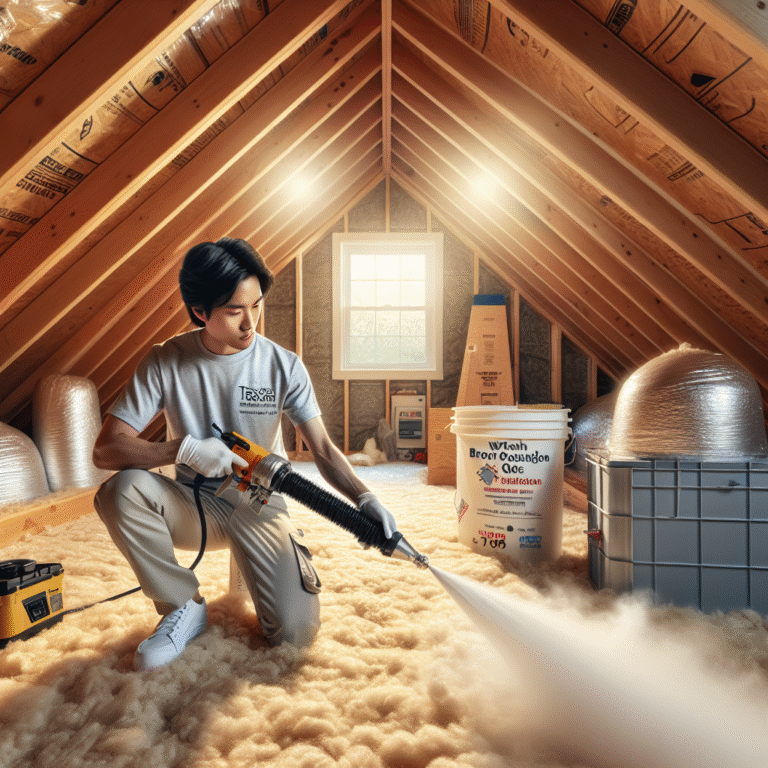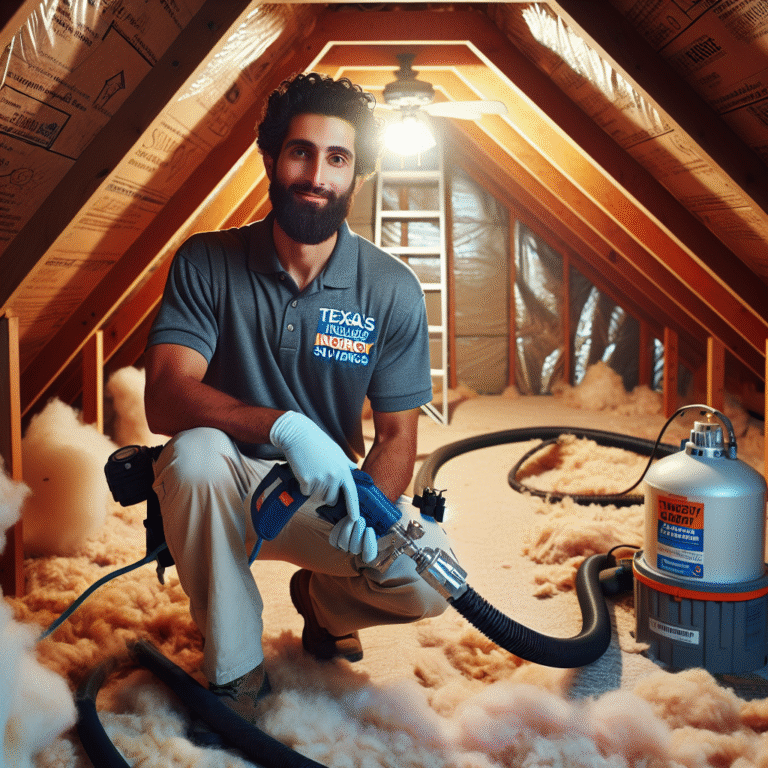-
Table of Contents
“Seal in the savings with unvented roof insulation – keeping your home comfortable and energy efficient all year round.”
Introduction
Unvented roof insulation is a type of insulation that is installed in the roof of a building without any ventilation. This method of insulation is becoming increasingly popular due to its energy efficiency and cost-effectiveness. It involves sealing the roof with insulation material, creating a barrier between the interior and exterior of the building. This helps to regulate the temperature inside the building, keeping it warm in the winter and cool in the summer. In this introduction, we will explore the benefits and considerations of unvented roof insulation.
Benefits of AttiCat Blown-In Insulation for Unvented Roofs
Unvented roofs have become increasingly popular in recent years due to their energy efficiency and cost-effectiveness. However, one of the key challenges with unvented roofs is finding the right insulation solution. This is where AttiCat Blown-In Insulation comes in. This innovative insulation product offers numerous benefits for unvented roofs, making it a top choice for homeowners and builders alike.
One of the main benefits of AttiCat Blown-In Insulation for unvented roofs is its superior thermal performance. This type of insulation is made from fiberglass, which has a high R-value, meaning it has excellent insulating properties. When installed properly, AttiCat Blown-In Insulation can significantly reduce heat loss and keep your home warm and comfortable during the colder months. This not only improves the overall comfort of your home but also helps to lower your energy bills.
In addition to its thermal performance, AttiCat Blown-In Insulation also offers excellent soundproofing capabilities. This is especially beneficial for homes with unvented roofs, as they tend to have more open spaces and fewer barriers for sound to travel through. The dense and compact nature of AttiCat Blown-In Insulation helps to absorb sound waves, reducing noise transfer between rooms and from outside sources. This can greatly improve the overall acoustics of your home, creating a more peaceful and quiet living environment.
Another advantage of AttiCat Blown-In Insulation for unvented roofs is its ability to create a seamless and airtight barrier. Unlike traditional insulation materials, which often leave gaps and seams, AttiCat Blown-In Insulation is blown into place, filling every nook and cranny. This creates a tight seal that prevents air leakage, reducing drafts and improving the overall energy efficiency of your home. As a result, you can enjoy a more consistent indoor temperature and lower energy bills.
One of the unique features of AttiCat Blown-In Insulation is its ability to adapt to any space, including unvented roofs. This is because it is blown into place using specialized equipment, allowing it to conform to any shape or size. This makes it an ideal choice for unvented roofs, which often have irregular shapes and hard-to-reach areas. With AttiCat Blown-In Insulation, you can ensure that every inch of your unvented roof is properly insulated, providing maximum energy efficiency and comfort.
Moreover, AttiCat Blown-In Insulation is a sustainable and environmentally friendly option for unvented roofs. It is made from recycled materials and has a low carbon footprint, making it an eco-friendly choice for homeowners. Additionally, its long lifespan means that it does not need to be replaced frequently, reducing waste and the need for constant maintenance.
Finally, AttiCat Blown-In Insulation is a cost-effective solution for unvented roofs. Its efficient installation process means that it can be installed quickly and easily, saving both time and money. Additionally, its long-term energy-saving benefits can help to offset the initial cost of installation, making it a wise investment for homeowners.
In conclusion, AttiCat Blown-In Insulation offers numerous benefits for unvented roofs. From its superior thermal and soundproofing performance to its ability to create an airtight barrier and adapt to any space, this innovative insulation product is a top choice for unvented roofs. Its sustainability, cost-effectiveness, and long lifespan make it a smart choice for homeowners looking to improve the energy efficiency and comfort of their homes. With AttiCat Blown-In Insulation, you can enjoy a well-insulated and peaceful living space all year round.
How to Properly Install AttiCat Blown-In Insulation in an Unvented Roof

Unvented roof insulation, also known as closed-cell insulation, is becoming increasingly popular in modern construction. This type of insulation is installed in the roof cavity, creating a sealed and insulated space that helps to regulate the temperature and reduce energy costs. However, proper installation is crucial for the effectiveness of unvented roof insulation. In this article, we will discuss how to properly install AttiCat blown-in insulation in an unvented roof.
First and foremost, it is important to understand the benefits of unvented roof insulation. Unlike traditional insulation methods, which require ventilation to prevent moisture buildup, unvented roof insulation creates an airtight seal that eliminates the need for ventilation. This not only reduces the risk of moisture damage but also improves the overall energy efficiency of the building.
Before beginning the installation process, it is essential to gather all the necessary materials and tools. These include AttiCat blown-in insulation, a blower machine, a utility knife, a staple gun, and a ladder. It is also important to wear protective gear, such as gloves, goggles, and a dust mask, to avoid any potential health hazards.
The first step in installing AttiCat blown-in insulation in an unvented roof is to prepare the space. This involves clearing any debris or obstructions from the roof cavity and ensuring that there are no gaps or holes in the ceiling. Any electrical wiring or fixtures should also be properly secured and protected.
Next, the blower machine should be set up according to the manufacturer’s instructions. The AttiCat insulation should be loaded into the machine, and the blower hose should be attached. It is important to note that the machine should be placed outside the building to prevent any potential hazards or damage.
Once the machine is set up, the insulation can be blown into the roof cavity. It is crucial to evenly distribute the insulation to achieve the desired R-value, which is the measure of thermal resistance. This can be done by moving the blower hose in a back-and-forth motion, ensuring that the insulation is evenly spread throughout the cavity.
As the insulation is blown in, it is important to pay attention to any potential gaps or voids. These can be filled by using a utility knife to cut the insulation and a staple gun to secure it in place. It is also important to avoid overstuffing the cavity, as this can reduce the effectiveness of the insulation.
Once the entire roof cavity is filled with AttiCat insulation, the final step is to seal the space. This involves installing a vapor barrier, which helps to prevent moisture from entering the roof cavity. The vapor barrier should be installed according to the manufacturer’s instructions, and any seams or joints should be properly sealed to create an airtight seal.
In conclusion, proper installation of AttiCat blown-in insulation in an unvented roof is crucial for its effectiveness. By following these steps and taking the necessary precautions, you can ensure that your unvented roof insulation provides maximum energy efficiency and protection against moisture damage. Remember to always consult the manufacturer’s instructions and seek professional help if needed. With the right installation, unvented roof insulation can greatly improve the comfort and energy efficiency of any building.
Common Mistakes to Avoid When Using AttiCat Blown-In Insulation in Unvented Roofs
Unvented roof insulation has become a popular choice for homeowners looking to improve the energy efficiency of their homes. This type of insulation involves filling the space between the roof and the ceiling with insulation material, creating a sealed and insulated attic space. One of the most commonly used materials for unvented roof insulation is AttiCat blown-in insulation. While this type of insulation can provide numerous benefits, there are some common mistakes that homeowners should avoid when using AttiCat blown-in insulation in unvented roofs.
One of the most common mistakes that homeowners make when using AttiCat blown-in insulation in unvented roofs is not properly preparing the attic space. Before installing the insulation, it is important to ensure that the attic is properly sealed and ventilated. This means sealing any gaps or cracks in the ceiling and walls, as well as installing proper ventilation to prevent moisture buildup. Failure to properly prepare the attic space can lead to moisture issues and reduce the effectiveness of the insulation.
Another mistake that homeowners make is not using the correct amount of insulation. AttiCat blown-in insulation is designed to be installed at a specific density to achieve the desired R-value. R-value is a measure of the insulation’s ability to resist heat flow, and the higher the R-value, the better the insulation’s performance. If the insulation is not installed at the correct density, it can result in uneven coverage and reduced energy efficiency. It is important to carefully follow the manufacturer’s instructions and use the correct amount of insulation for the desired R-value.
In addition to using the correct amount of insulation, it is also important to evenly distribute the insulation throughout the attic space. Uneven distribution can lead to gaps and voids in the insulation, which can reduce its effectiveness. To ensure even distribution, it is recommended to use a blower machine specifically designed for AttiCat blown-in insulation. This machine will evenly distribute the insulation throughout the attic space, providing consistent coverage and maximum energy efficiency.
Another common mistake that homeowners make is not properly protecting the insulation from moisture. AttiCat blown-in insulation is made of fiberglass, which can absorb moisture if not properly protected. This can lead to mold and mildew growth, as well as reduced insulation performance. To prevent this, it is important to install a vapor barrier over the insulation. This barrier will prevent moisture from entering the insulation and protect it from potential damage.
One of the most important things to keep in mind when using AttiCat blown-in insulation in unvented roofs is to never compress the insulation. Compressing the insulation can reduce its effectiveness and lead to uneven coverage. It is important to carefully handle the insulation and avoid stepping on it or placing heavy objects on top of it. If the insulation does become compressed, it is important to fluff it back up to its original density before installing it.
Finally, it is crucial to properly maintain the insulation over time. While AttiCat blown-in insulation is designed to last for many years, it is important to periodically check for any signs of damage or moisture buildup. If any issues are found, it is important to address them immediately to prevent further damage and maintain the insulation’s effectiveness.
In conclusion, unvented roof insulation using AttiCat blown-in insulation can provide numerous benefits for homeowners. However, it is important to avoid common mistakes such as not properly preparing the attic space, using the correct amount of insulation, evenly distributing the insulation, protecting it from moisture, and avoiding compression. By following these tips, homeowners can ensure that their unvented roof insulation is installed correctly and provides maximum energy efficiency for years to come.
Q&A
1) What is unvented roof insulation?
Unvented roof insulation is a type of insulation that is installed on the underside of the roof deck, rather than in the attic space. This creates a sealed, conditioned space that helps to regulate temperature and reduce energy costs.
2) What are the benefits of unvented roof insulation?
Unvented roof insulation can provide several benefits, including improved energy efficiency, better moisture control, and increased comfort in the living space. It can also help to reduce the risk of ice dams and improve the overall durability of the roof.
3) How is unvented roof insulation installed?
Unvented roof insulation is typically installed by a professional contractor. The process involves removing any existing insulation, sealing any air leaks, and then installing the insulation on the underside of the roof deck. This is often done using spray foam insulation, which expands to fill any gaps and create a tight seal.
Conclusion
In conclusion, unvented roof insulation is a highly effective method for insulating a building’s roof. It involves sealing the roof deck and using insulation materials to create an airtight barrier, preventing heat loss and reducing energy costs. This type of insulation also helps to prevent moisture buildup and potential damage to the roof. However, it is important to ensure proper installation and ventilation to avoid any potential issues. Overall, unvented roof insulation is a beneficial option for improving energy efficiency and maintaining a comfortable indoor environment.


